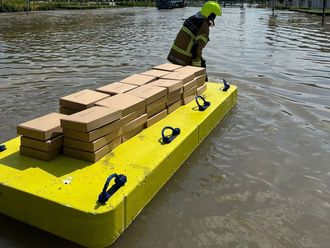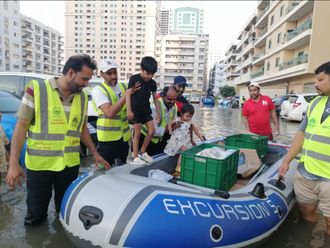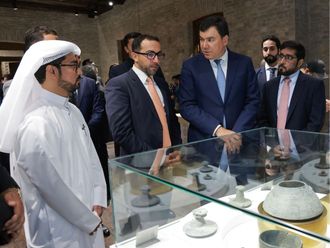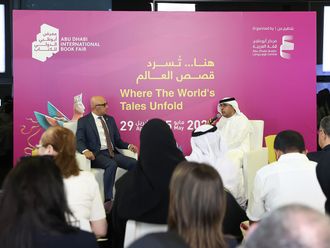Tokyo: Human development is improving in Arab states, with some countries such as the UAE showing very high development, according to a new 2014 Human Development Report released on Thursday by the United Nations Development Programme (UNDP) in Tokyo.
The findings suggested that there are wide variations between countries.
The report, titled: Sustaining Human Progress-Reducing Vulnerabilities and Building Resilience, provides a human development perspective on vulnerability and proposes ways to strengthen resilience.
The UAE’s Human Development Index, HDI, value has improved to 0.827 compared with last year’s 0.825, placing the UAE 40th among 187 countries, and progress has been made on all three components of the HDI, including human health, education and gross national income, it was reported.
For example, life expectancy in the UAE has increased from 76.7 to 76.8 years, compared with last year’s report. The expected years of schooling for a UAE citizen is now 13.3 years compared with 12 years last year.
“These are significant improvements putting the UAE among the category of countries with Very High Human Development,” said Sayed Aqa, the UN’s Resident Coordinator and UNDP Resident Representative in the UAE.
Since 1980, the UAE has made notable progress on all dimensions of human development, said Aqa, who went on to say that between 1980 and 2013, the UAE’s HDI value increased from 0.640 to 0.827, an increase of 29.2 per cent.
The report also revealed that the UAE is making steady progress in all aspects of human development. The UAE Vision 2021 has laid out correct priorities for continuous development of the country.
Regional level
Aqa said that key areas such as women’s empowerment, youth engagement, employment, human capital development and resilience to climate-related and human disasters are among the top priorities for policy makers, according the 2014 Human Development findings, adding that the UNDP is ready to partner with national institutions in the UAE to realise the objectives of UAE Vision 2021 for sustainable human development.
At the regional level, the report points to major challenges in the region including conflict, youth unemployment and inequality, which have created overlapping vulnerabilities that, if left unchecked, can hamper human development now and in the future.
“By addressing vulnerabilities, all people may share in development progress, and human development will become increasingly equitable and sustainable,” UNDP Administrator, Helen Clark, said on Thursday.
The report stressed that the large youth population requires particular policy attention to ensure adequate employment to take advantage of the demographic dividend.
Transformational change
“Youth is opportunity, history has proven this,” said Sima Bahous, UNDP Director, Regional Bureau for Arab States. “Indeed, it is precisely at this point in the demographic arc, when the proportion of young people reaches a peak, that regions and countries around the world have achieved positive transformational change.”
The report calls for a commitment to full employment as a policy goal, the universal provision of basic social services and social protection, and better global coordination in shoring up resilience to vulnerabilities. It says these policy goals are achievable by countries at all stages of development, and advocates for “an international consensus on universal social protection” to be included in the post-2015 agenda.
Multidimensional poverty is a significant challenge for some countries in the region, with deficits in health and education seen as the main contributors to such poverty. The Multidimensional Poverty Index, MPI, places 82 per cent of Somalis in this category. However, in absolute terms, Yemen has the largest number of people suffering overlapping deprivations some 7.7 million people in 2006, the last year for which data is available.
The report also introduced the idea of life cycle vulnerabilities, sensitive points in life where shocks can have greater impact, and it advocates for early investments in development to strengthen resilience.












